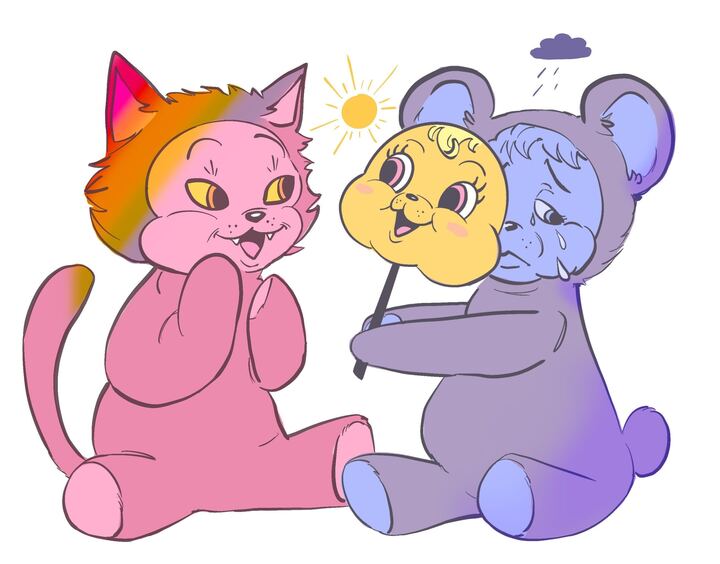This year, the University of Arizona College of Science’s annual lecture series boasts a lineup of all-female scientists (Read the story here). This is a positive sign of the times that we at the Daily Wildcat are encouraged to see.
Why? Well, there’s a gender gap in the fields of science, technology, engineering and mathematics, collectively known as STEM. It’s well-documented, and while it’s shrinking, it’s still a problem.
According to 2015 data from the National Sciences Board, women only accounted for 28 percent of workers in science and engineering fields, even though they account for half of the total college-educated workforce and half of the science and engineering bachelor’s degrees.
So there’s been success in getting more women degrees in STEM, but they’re not entering the workforce. What’s a way to fix this? The same way the education gap was closed: exposure. Today, there are programs like the National Girls Collaborative Project, Girls in STEM and Girls Who Code that encourage young girls to pursue their interests in STEM.
Girls get involved because they see other girls joining. Seeing someone like you represented in a place you want to be is powerful. Therefore, to encourage more women to actually enter STEM fields after graduation, we need more images of women working in STEM, which is exactly what this year’s lecture series does.
Six women will stand on stage in Centennial Hall and talk to the crowd — both physically and virtually — about their research and the impact it has on the world. For all the women in the audience, whether they’re young girls, women about to graduate college or women who already have a bachelor’s degree in science or engineering, this is meaningful.
It’s affirming, it’s welcoming, and it shows those watching that women are a driving force in STEM fields.
The best part? This lecture wasn’t designed to showcase women in STEM. It’s a fan-favorite year, which means all six of these women were chosen to speak because the audience enjoyed them so much in previous lectures.
It’s not picking women just because they’re women, it’s because they’re amazing scientists who connected with the community the last time they spoke.
RELATED: EDITORIAL: Our national parks need help, and it’s up to all of us
While this lecture series is a big step in the right direction, the issue of representation in STEM is not just about gender. Data from the National Science Foundation show that since the 1990s, black and Indigenous people have only earned about 1 percent of the total bachelor’s degrees in STEM.
In 2014, black people and Indigenous people earned 5 percent of degrees in physical sciences, 9.75 percent of computer science degrees, 4.6 percent of mathematics degrees and 3.8 percent of engineering degrees.
While the numbers for Hispanic and Asian people are slightly higher, they’re still not great. In 2014, Hispanic people earned 8 percent of physical sciences degrees, 9.7 percent of computer science degrees, 7.9 percent of mathematics degrees and 9.5 percent of engineering degrees.
Meanwhile, Asian people earned 9.8 percent of physical sciences degrees, 9.8 percent of computer science degrees, 10 percent of mathematics degrees and 10.9 percent of engineering degrees in 2014.
And those are just the statistics for degrees earned, not jobs held. The National Science Foundation found that in 2015, of the overall STEM workforce, white women held 18 percent of the jobs, Asian women held 7 percent, black women 2 percent and Hispanic women 2 percent.
The rates for minority men are higher, but not by much. Asian men held 14 percent of jobs in STEM, black men 3 percent and Hispanic men 4 percent.
The majority of jobs are held by white men, which does not line up with the rates of people educated in STEM. As we close the gap between women and men in STEM in general, we can’t forget that other gaps still need to be addressed.
So attend this year’s College of Science lecture series , and enjoy the fascinating topics and research the scientists share, but don’t forget a central tenant of science: Keep thinking.
Follow the Daily Wildcat on Twitter















